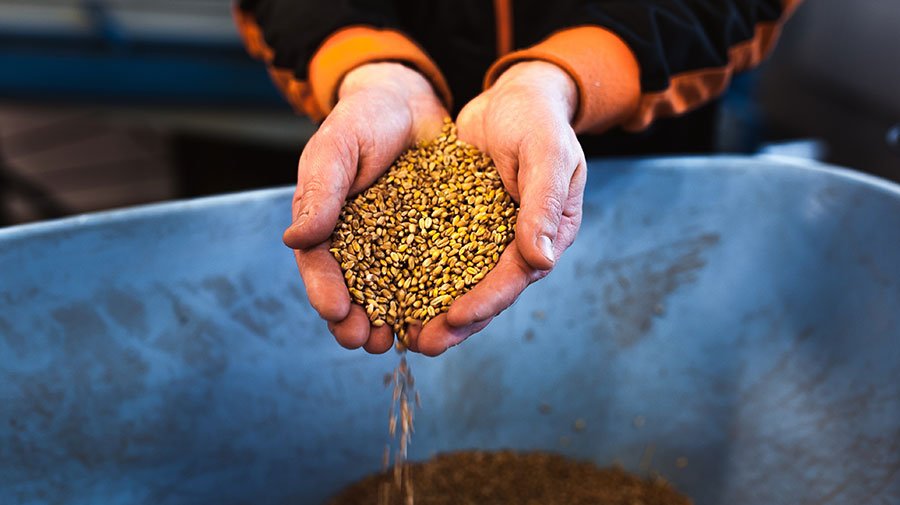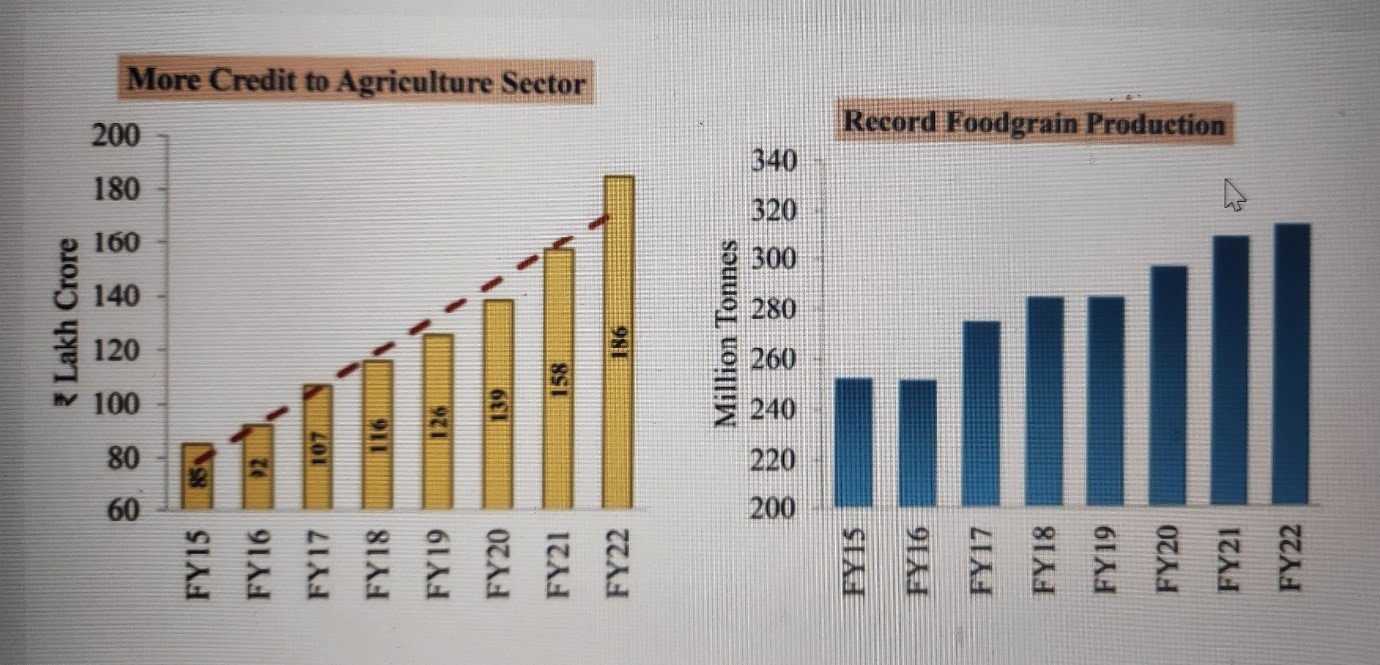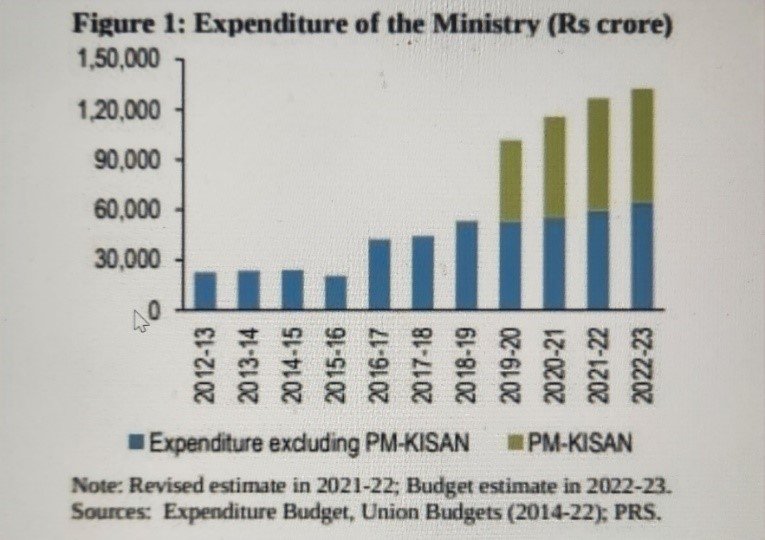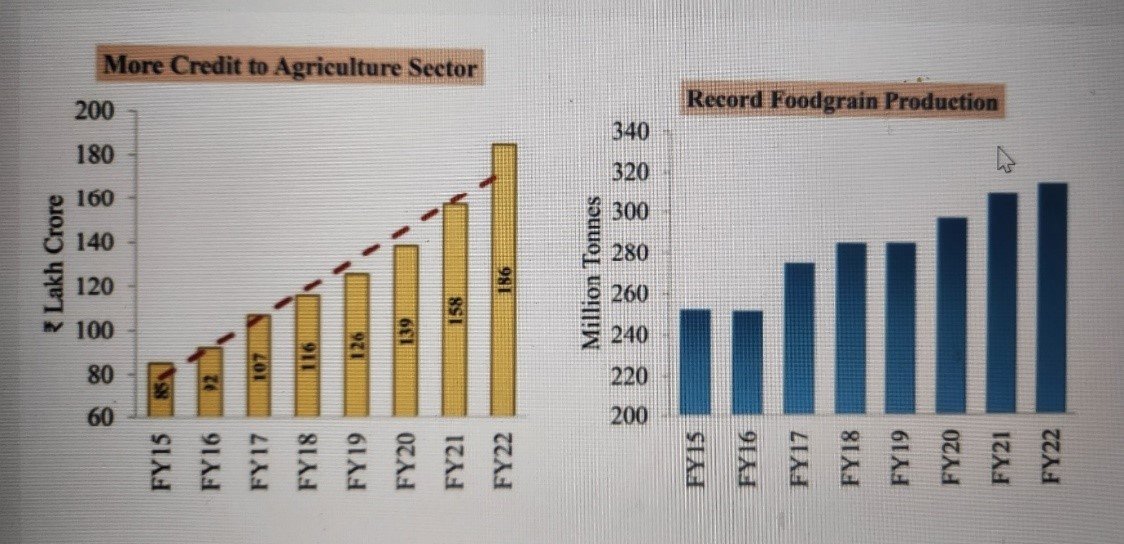
The unending Russia-Ukraine war, the Israel-Hamas war, and other brewing conflicts besides piracy in the Red Sea area have increased costs, higher risks, and time of goods transport. More importantly, these events have disrupted food grain supply chains and increased the costs to the end consumer leading to high food inflation.
Challenges
All global governments are struggling to meet these situations. Many Western countries that had never seen food inflation are calling this a “cost of living crisis”. While part of this crisis was due to the high cost of petroleum which is now falling food inflation continues to remain high for all countries.
Ukrainian farmers before the start of the war in 2021, sowed wheat in an area that was bigger than Austria and Czech. No wonder it was called the breadbasket of Europe, and Ukraine accounted for 10% of the world’s wheat, 15% of corn and 13% of barley and almost 50% of sunflower oil (Source: European Commission). However, in 2022, there was a reduction in this area by 2.8 million hectares which is almost as large as Belgium. With the drop in wheat production due to the war, many people saw a rise in flour, bread, and pasta prices. Naturally, people started to consume greater amounts of rice to fulfil their daily needs. Pakistan has been a major beneficiary (which may lead to its food shortage situation) as a major exporter of rice as countries/traders have started to source rice anticipating a global shortage.
The global shortage may lead to some inflationary and availability issues especially if wheat & rice production decreases due to environmental issues unseasonal rains/draughts or floods. Unfortunately, it would take two to three years after the war in Ukraine stopped to balance the demand and supply conditions to pre-war levels.
Opportunities & Actions
Across the world, governments are trying to ensure food security and are paying higher costs and/or giving concessions to access food supplies. Anticipating the global demand and the inflationary impact it would have on the Indian economy, the Government of India restricted wheat & rice exports. This would ease the availability of wheat & rice locally.
During the pandemic and lockdowns, the Government of India provided wheat and/or rice to nearly 8 billion Indian nationals to ensure that citizens with limited financial capabilities were taken care of when their means of livelihood were shut to avoid the spread of the disease. This was supported by the increasing food grain production in the last decade (see image – government data). To ensure food security by ensuring food production, avoiding storage and distribution losses, and reducing crop failures through irrigation the Government has started multiple initiatives to take care of our Anndata (farmers).

Allocation of funds
With robust credit growth and sustained production of food grains, the Indian government continued the high allocation of funds for this sector with an 18% increase to almost $ 1400 billion.

Milk Production
The Finance Minister announced plans to increase milk and dairy production in the country, saying that India is the largest milk producer in the world but there is low productivity. She said, “India’s milk production rose 4 per cent to 230.58 million tonnes in 2022-23.”
Increase Farmer Income
The planned increase in crop support price, lowering costs of inputs like Fertilizers, better supply chain and storage methods. Direct purchase price remittances and subsidiary distribution to all farmers. Earlier bills may have failed but the method to ensure direct purchases, reducing/eliminating middlemen & making things easier for the farmers is the key to success. Providing solar pumps, Solar panel-based electricity and overall hygiene. Improved methods of cultivation, micro-farming, crops in between, millet production, improving cattle health, crop insurance, financial assistance to small farmers, Kisan credit card, improving productivity, etc. are the key initiatives in this regard.
Focus on Fisheries
Doubled export of seafood products in last 10 years, made a new ministry to support fishing community living in the coastal belt.
Agricultural Accelerator Fund
The government will establish an agricultural accelerator fund to support argi entrepreneurs, according to the finance minister. The Fund’s goal is to provide farmers with creative, cost-effective solutions to their problems. Modern technologies will also be introduced, changing farming practices and enhancing production and profitability.
Export Ban & Push Millet Production and Consumption
Since the outbreak of COVID-19, the Indian government has in some cases stopped all exports, while allowing limited exports on a bi-lateral basis. Some people might remember that during the 1965 war, the Indian government was told “No wheat if we do not stop the war”. Therefore, just like energy security food security is just as important for national security.
India banned the export of rice (except Basmati and par-boiled rice) & wheat to control local prices. Focus on millets to continue as they need less water and grow faster. Alternative food consumption is being pushed by governments even in their kitchens e.g. parliament canteen.
Credit to the Agriculture Sector
Steady credit growth has been seen in the agriculture sector, indicating the health of the sector.

Indian government’s key focus areas remain to be Anndata (Kisan/ farmer), women, youth, & financially weaker sections of the society. All schemes will continue to focus on these.
Leave a Reply